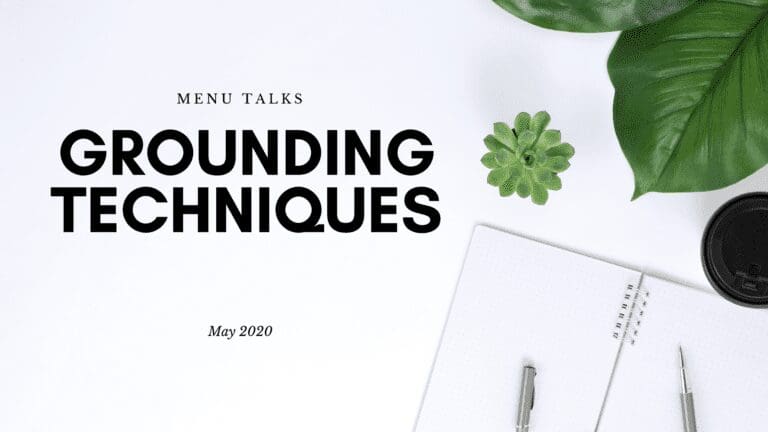Welcome to week three of grounding techniques. This week, I am covering the ground technique, “Body Awareness.”
If you have missed any part of the series, click here to catch up! As always, remember my disclaimer before practicing any mental health information.
What is Grounding?
Grounding is the act of bringing the mind back to the present by distracting it from unwanted activities. The activities can take the form of ruminating thoughts, painful memories, or persistent worrying. Grounding techniques are the mode in which grounding can be achieved. They can be used to help with symptoms of PTSD (Post-Traumatic Stress Disorder), anxiety, disassociation, or self-harm urges. The techniques use physical, mental, and soothing methods to navigate a calmer state.
Body Awareness
Everyone reacts differently to trauma; it is normal to experience the effects well after the event. People may struggle with flashbacks, nightmares, hyper-vigilance, and anxiety. These experiences can make day-to-day life a struggle, which in turn could lead to depression. Practicing grounding can help keep worrisome thoughts at bay. While you can not change what happened, you can learn how to gain more control of the after-effects.
Body Awareness is a mental health grounding technique that involves focusing on physical sensations in the body to calm the mind and reduce stress. This technique is often used in mindfulness and meditation practices and can be a helpful tool for managing anxiety, depression, and other mental health conditions.
By paying attention to the sensations in our bodies, we can bring our focus away from negative or overwhelming thoughts and get a sense of calm and grounding. This can help to reduce symptoms of anxiety, stress, and depression and improve overall well-being.
Body Awareness can be practiced anywhere, at any time, and requires no special equipment or preparation. Simply finding a quiet place to sit or stand and focusing on the sensations in your body can help to bring a sense of peace and clarity.
Some standard techniques for practicing Body Awareness include focusing on breathing, paying attention to physical sensations such as tension or relaxation in the muscles, or simply noticing the feeling of the body as you move.
Incorporating Body Awareness into a daily self-care routine can positively impact mental health and well-being. It is important to remember that developing this skill takes time and practice, so be patient and persistent in your practice.
If you are struggling, consider incorporating Body Awareness into your self-care routine and see if it helps to bring a sense of calm and grounding to your day.
